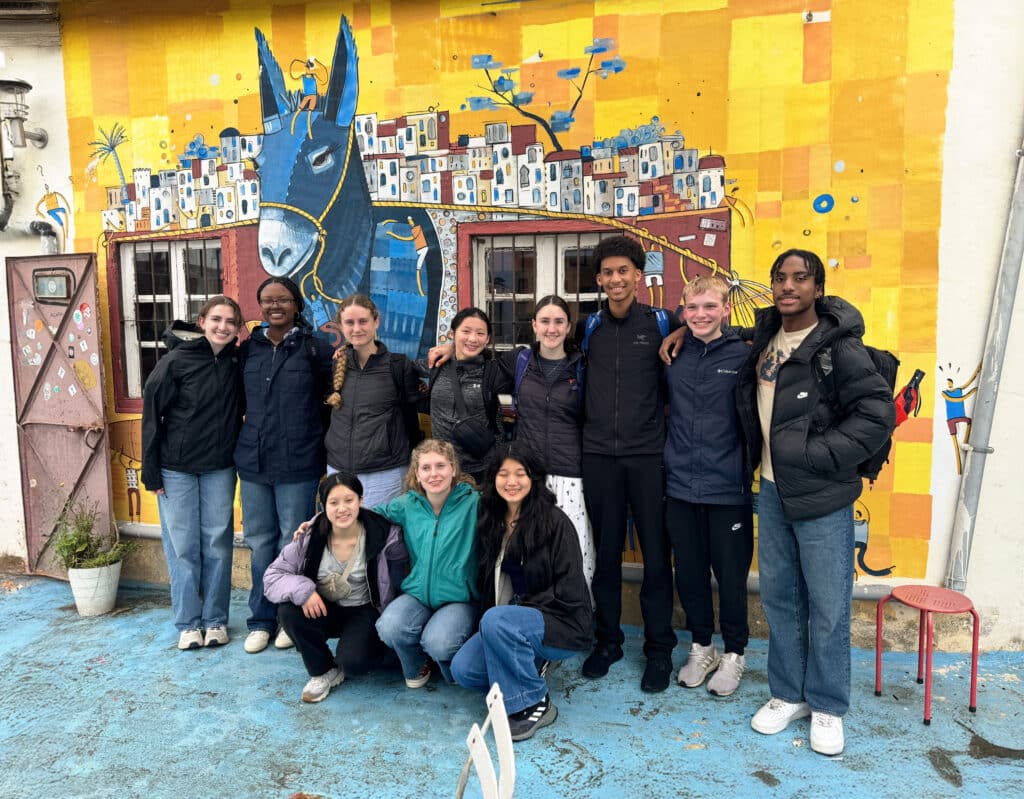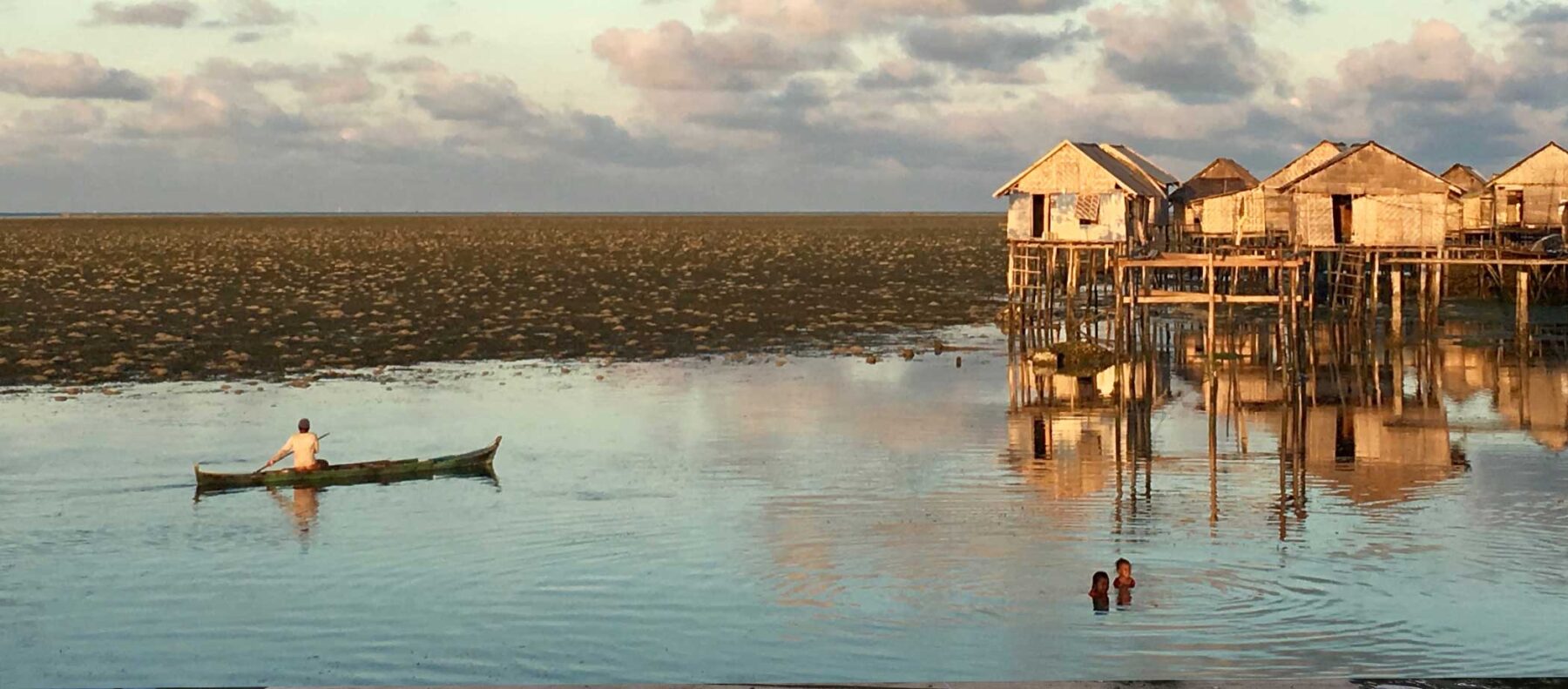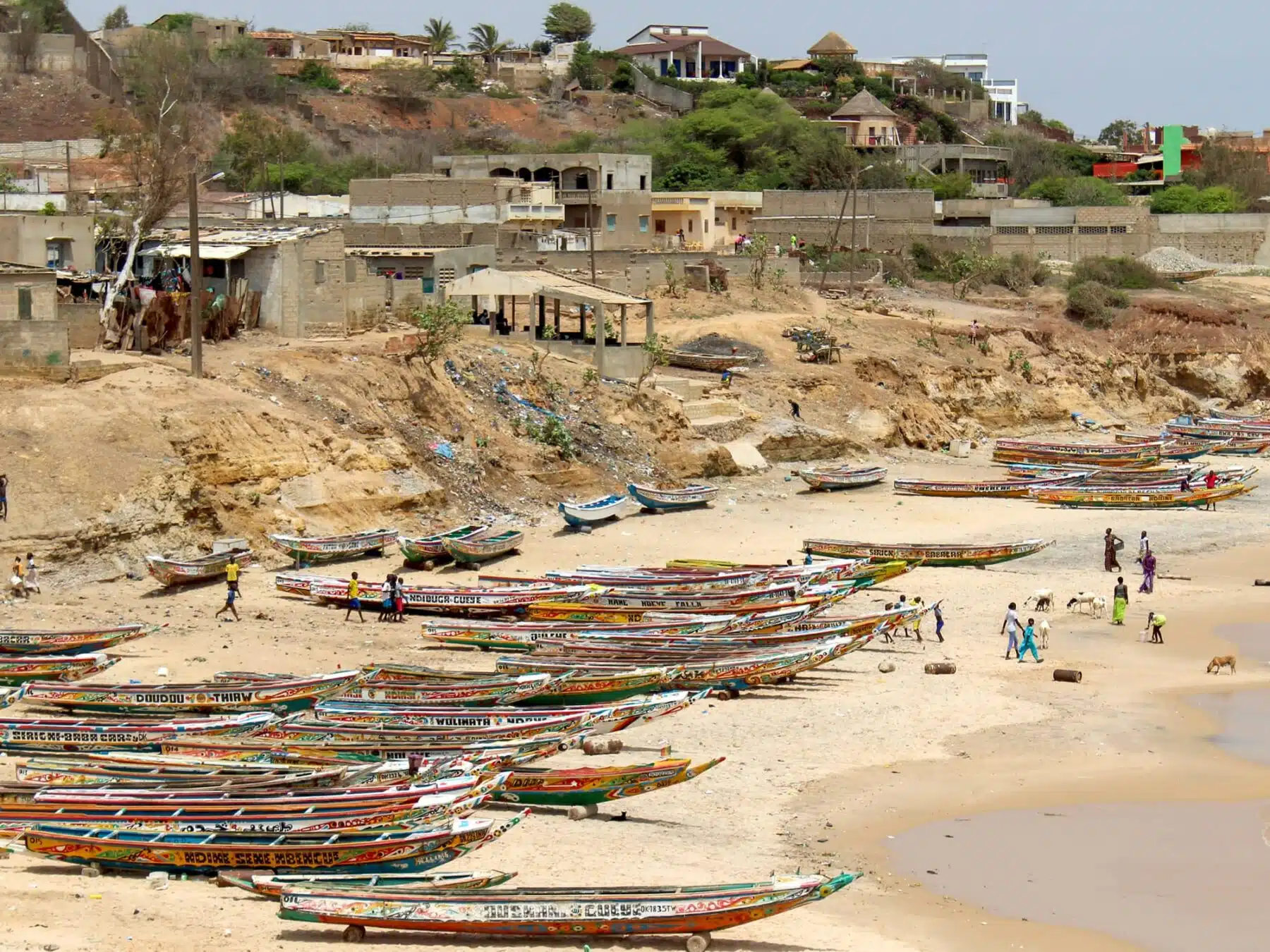Our Story
We’re a global community driven by a passion for meaningful connection and cultural immersion. As lifelong learners, educators, storytellers, and guides, we’re committed to creating exceptional travel experiences. We love what we do—and we’re excited to share our journey with you. Watch the video to learn more.


